Introduction to Montreal Steak Seasoning Packet
Montreal steak seasoning packet is a popular spice blend known for its bold, savory flavor, typically used on meats like steak, chicken, and vegetables. This iconic blend of spices has been a staple in kitchens across North America for decades, offering a smoky, slightly tangy taste that enhances a variety of dishes.
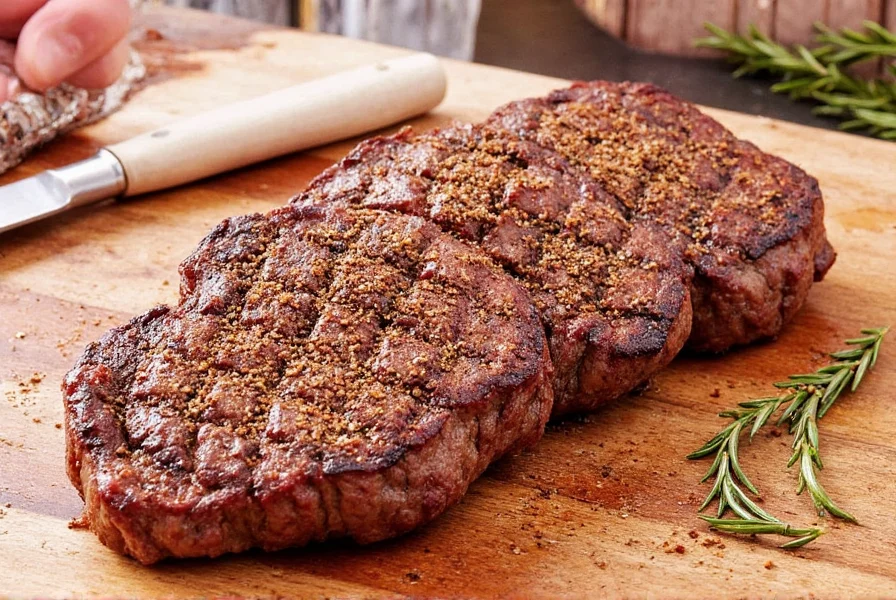
Typical ingredients include coarse salt, black pepper, garlic powder, onion powder, paprika, and sometimes cayenne pepper. This guide covers everything you need to know about using Montreal steak seasoning effectively, from its flavor profile to creative recipes and buying tips.
Understanding the Flavor Profile
The unique taste of Montreal steak seasoning comes from its balanced spice combination. Here's how major brands compare:
| Brand | Spices Included | Flavor Notes | Heat Level |
|---|---|---|---|
| McCormick | Salt, Black Pepper, Garlic, Onion, Paprika | Classic, bold, and smoky | Mild |
| Lawry's | Salt, Black Pepper, Garlic, Onion, Paprika, Cayenne | Bold, slightly spicy, and zesty | Moderate |
| Old Bay | Salt, Black Pepper, Garlic, Onion, Paprika, Celery Salt | Creamy, salty, and aromatic | Mild |
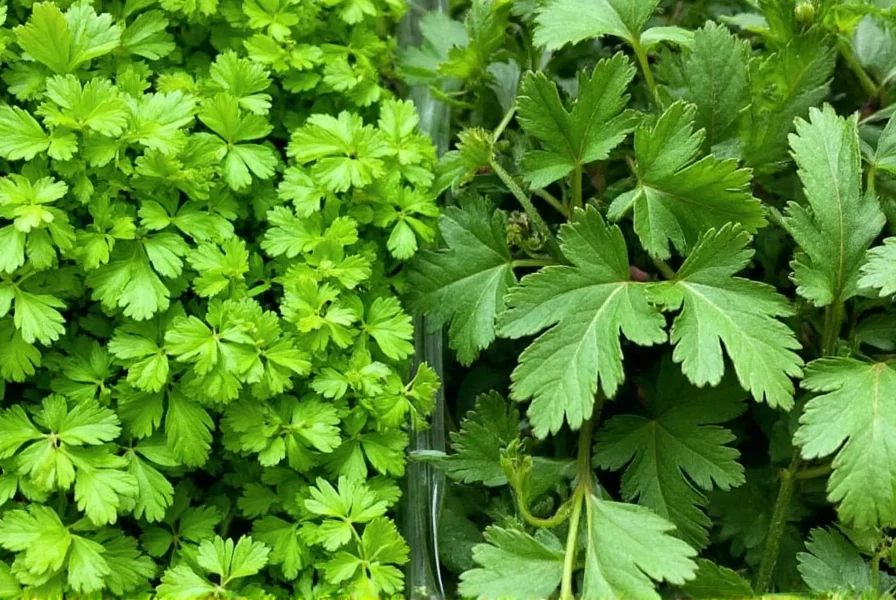
Each brand offers distinct characteristics. For traditional flavor, choose a simple blend. For heat, look for cayenne or red pepper flakes.
Practical Tips for Using Montreal Steak Seasoning
Maximize flavor with these proven techniques:
- Apply Generously: Use 1-2 tablespoons per pound of meat for optimal coverage.
- Versatile Applications: Works on steak, chicken, pork, fish, roasted vegetables, potatoes, and even popcorn.
- Marinate Effectively: Mix with oil and let sit 30-60 minutes for deeper flavor penetration.
- Adjust Heat Levels: Add cayenne for spice or reduce salt for low-sodium diets.
- Experiment Creatively: Try in soups, salad dressings, or as a rub for roasted nuts.
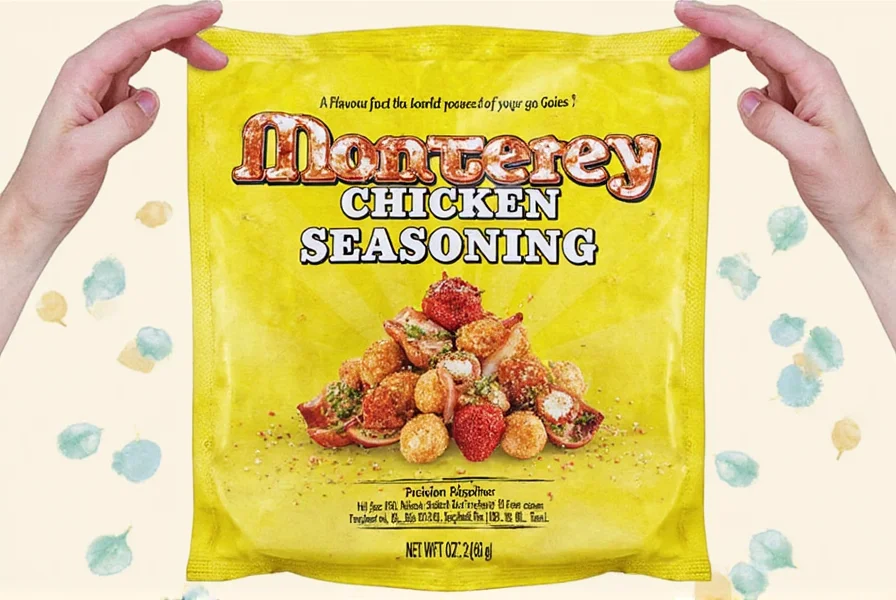
Buying Guide: How to Choose the Best Montreal Steak Seasoning Packet
Key factors for selecting quality seasoning:
- Ingredients: Look for natural spices without artificial additives or MSG.
- Brand Reputation: Trusted brands like McCormick and Lawry's ensure consistent quality.
- Form Factor: Individual packets for travel, bulk containers for regular use.
- Price-to-Quality: Avoid extremely cheap options that may contain fillers.
- Label Transparency: Clear ingredient lists and allergen information.
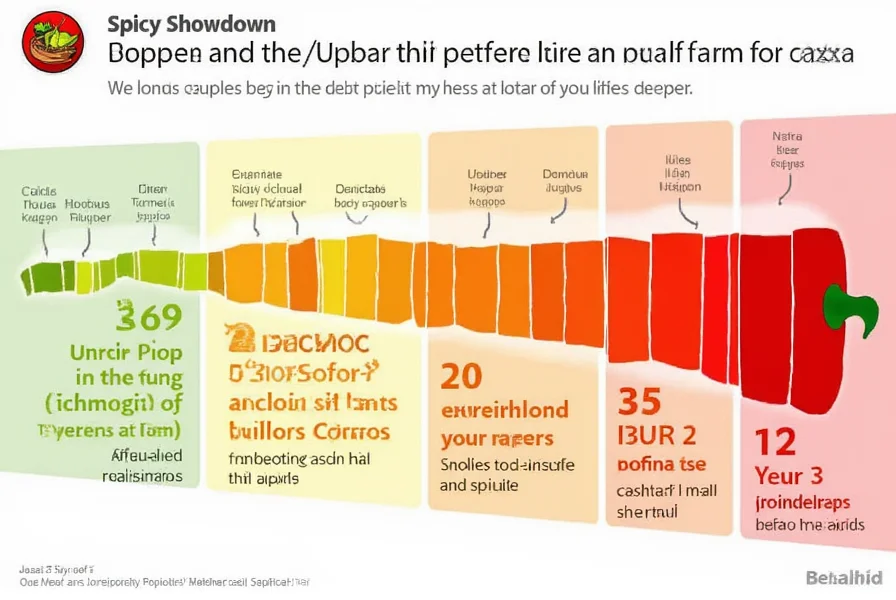
Creative Recipes with Montreal Steak Seasoning
Transform everyday meals with these ideas:
- Perfect Steak: Rub generously on ribeye, sear in hot skillet, rest 5 minutes before serving.
- Grilled Chicken Skewers: Mix with olive oil, marinate 1 hour, grill until internal temperature reaches 165°F.
- Roasted Vegetables: Toss carrots, broccoli, and potatoes with seasoning and olive oil, roast at 400°F for 25 minutes.
- Spicy Popcorn: Sprinkle lightly over freshly popped popcorn for a savory snack.
- Breakfast Potatoes: Toss diced potatoes with seasoning and cook until crispy for a flavorful breakfast side.
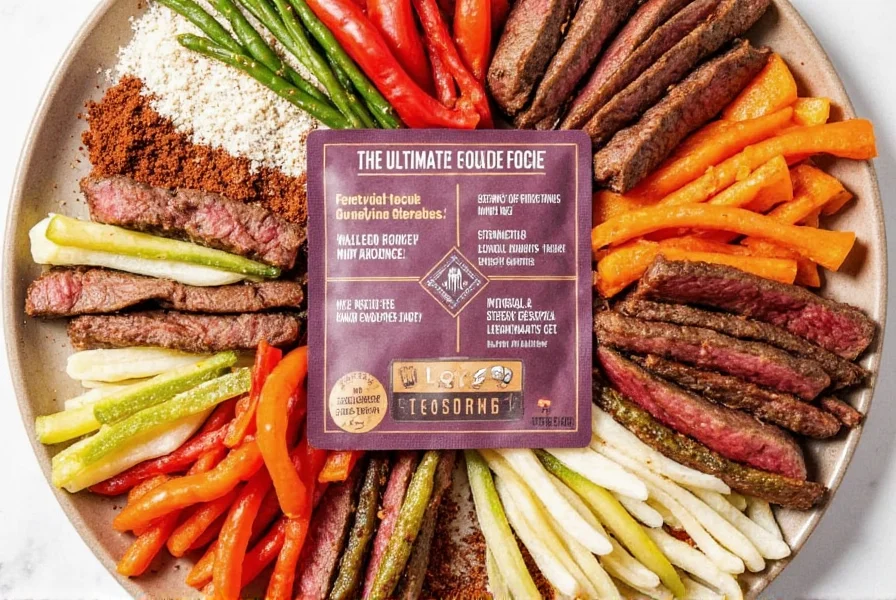
Frequently Asked Questions
What exactly is in Montreal steak seasoning?
Traditional Montreal steak seasoning contains coarse salt, black pepper, garlic powder, onion powder, paprika, and often cayenne pepper or crushed red pepper. The distinctive feature is the coarse texture and balanced salt content that creates a flavorful crust when cooking.
Can I use Montreal steak seasoning on something other than steak?
Yes! Montreal steak seasoning works exceptionally well on chicken, pork, fish, roasted vegetables, potatoes, eggs, popcorn, and even in soups and salad dressings. Its versatile flavor profile enhances many dishes beyond steak.
How much Montreal steak seasoning should I use per pound of meat?
Use 1-2 tablespoons per pound of meat. For thicker cuts like ribeye, apply generously and press into the surface. For delicate proteins like fish, use 1 teaspoon per serving to avoid overpowering.
Is Montreal steak seasoning the same as Chicago or other regional steak seasonings?
No. Montreal seasoning features prominent salt and garlic with noticeable black pepper. Chicago-style seasoning has more garlic and less salt, while other regional blends may include celery salt, mustard powder, or different spice ratios.
Can I make my own Montreal steak seasoning at home?
Yes. Combine 1/4 cup coarse salt, 2 tablespoons coarsely ground black pepper, 2 tablespoons garlic powder, 2 tablespoons onion powder, 1 tablespoon paprika, and optionally 1-2 teaspoons cayenne pepper. Store in an airtight container for up to 6 months.
Does Montreal steak seasoning contain MSG?
Most commercial blends do not contain MSG. Traditional recipes rely on natural umami from garlic and onion powders. Always check labels for "No MSG" certification if concerned.
Conclusion
Montreal steak seasoning packet is a versatile kitchen essential that transforms ordinary meals into flavorful experiences. With its simple ingredient profile and adaptability across proteins and vegetables, it's no wonder this seasoning remains a favorite worldwide. Whether you're grilling steak, roasting vegetables, or snacking on popcorn, this guide provides everything you need to use Montreal steak seasoning with confidence.
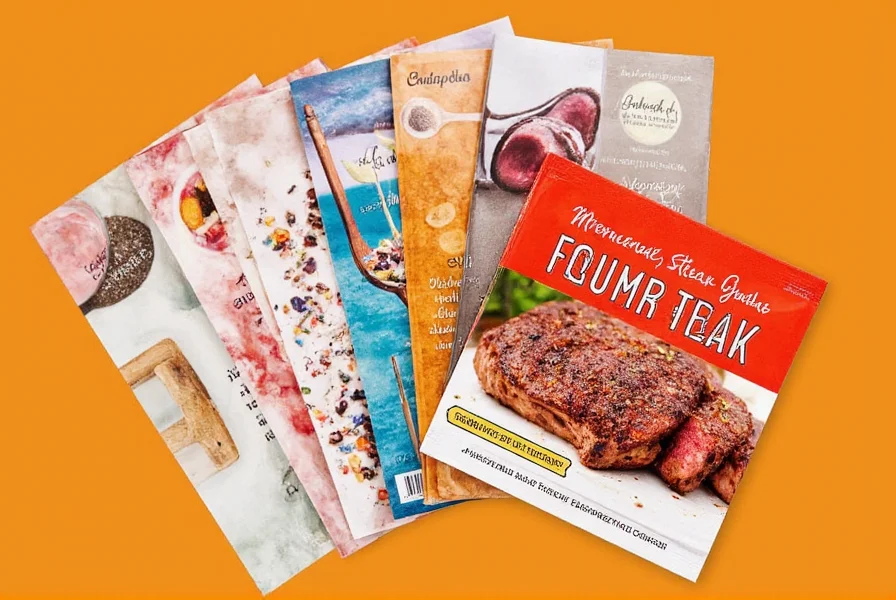

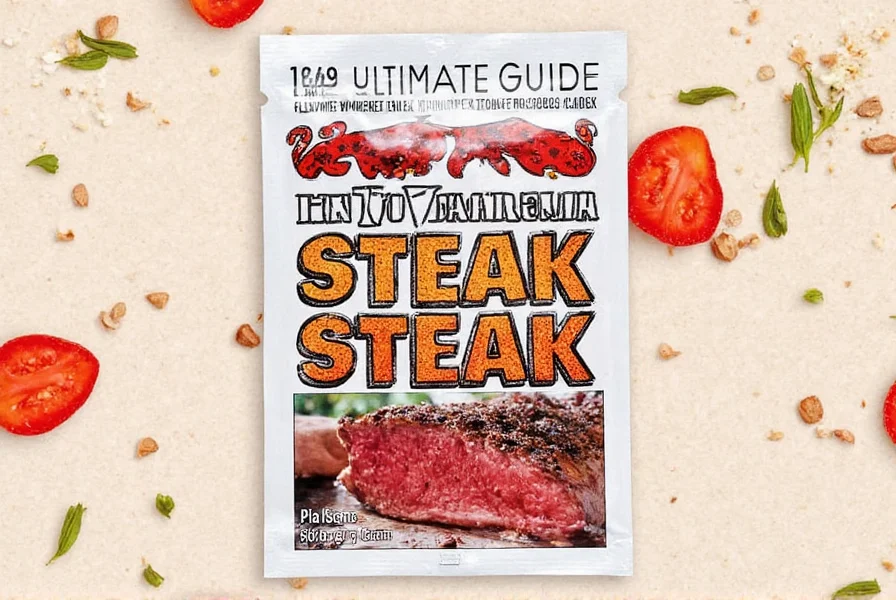









 浙公网安备
33010002000092号
浙公网安备
33010002000092号 浙B2-20120091-4
浙B2-20120091-4